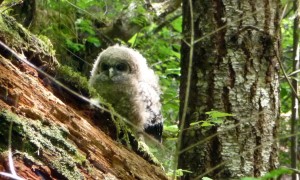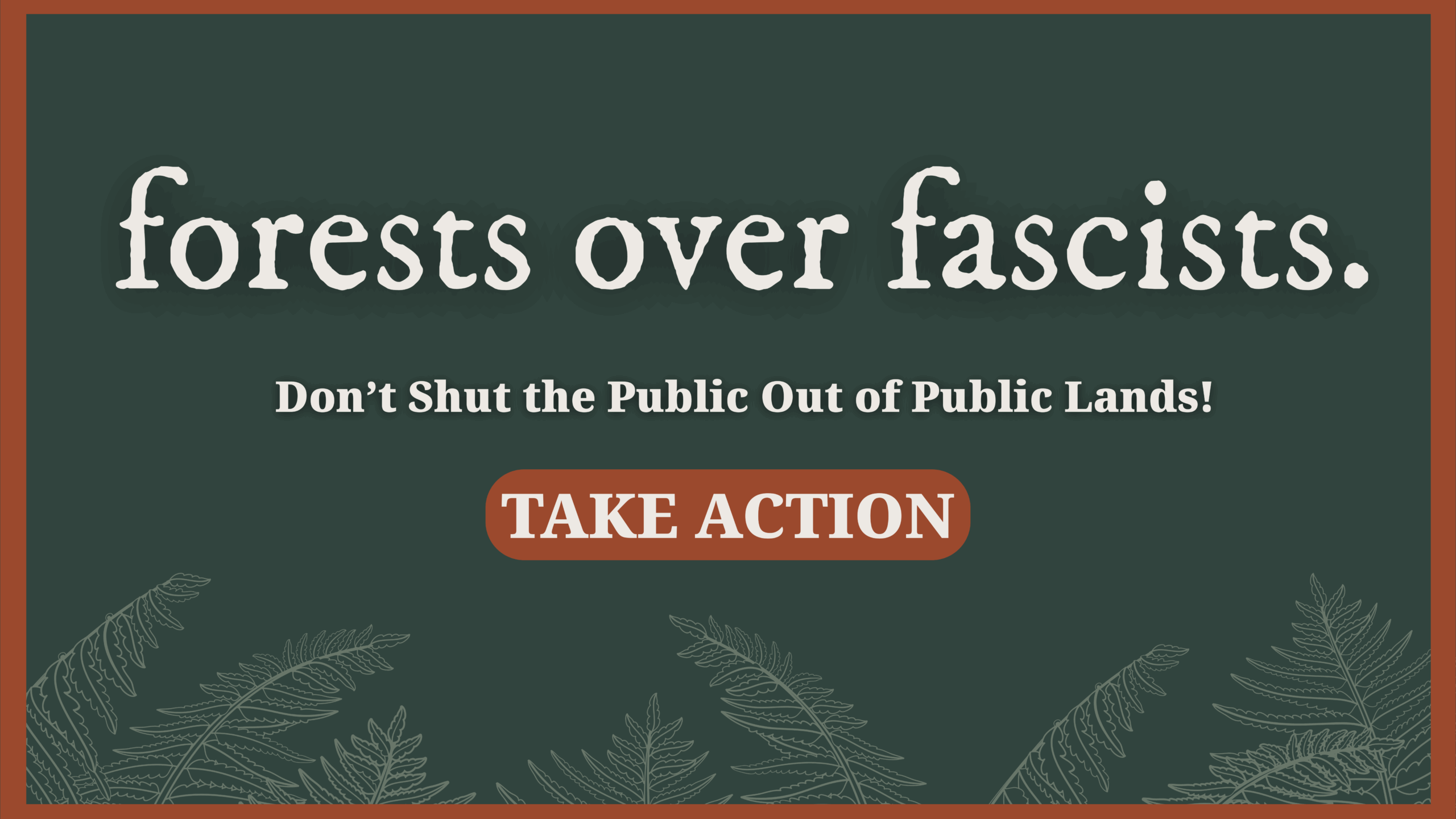The 1937 O&C act devised a payment strategy, since modified, so that 50% of gross timber receipts of BLM O&C lands are given to the counties in lieu of property taxes. For a history of BLM O&C lands, go here.
By the 1990's, the counties had become rich off of the lucrative clearcutting of old growth forests on BLM lands, but wildlife dependent on older forests were beginning to disappear, like the spotted owl, marbled murrelet, and coho salmon.
Endangered Species Act protections for wildlife resulted in the 1994 Northwest Forest Plan. To help compensate for the past over-cutting, the Northwest Forest Plan designated about 80% of O&C lands (1.3 million acres) as reserves to protect wildlife, including stream-side reserves to protect salmon.( Unfortunately, about 45% of the reserves on BLM lands had already been clearcut before they were reserved, and are now recovering tree farms).
The 1994 logging reduction caused reduced O&C payments. To make up the difference, the federal government provided money directly to the counties. For example, Douglas County received $29,236,221 in 2006. Congress has since reduced county payments and threatens to end the program completely in 2013.
(It is interesting to note that the payment to counties started in 1937 because the counties could not collect property taxes on federal lands. But if the O&C lands were taxed the same as industrial forest lands, the counties would only get about $8 million annually today, while the counties are asking for $110 million annually.)
Fiscal Crisis: Cascadia Wildlands and our partners have proposed a reasonable strategy for sharing county funding responsibilities, including raising private industrial forest land taxes to a fair level. Unfortunately, some of the Oregon congressional delegation (Peter DeFazio and Greg Walden) have made a different proposal — to once again fund counties directly with logging receipts, and to dramatically increase logging on BLM public forests. DeFazio's bill would take about half of BLM lands, 1.5 million acres that are 120 years old or less (but containing scattered older trees) and create a timber trust that would authorize logging according to week Oregon state rules, bypassing federal environmental protections.
Governor Kitzhaber has weighed on, supporting increased logging on federal lands to bail out the counties. His proposal can be uploaded here.
This baby spotted owl lives on a Roseburg BLM forest under 120 years old.


